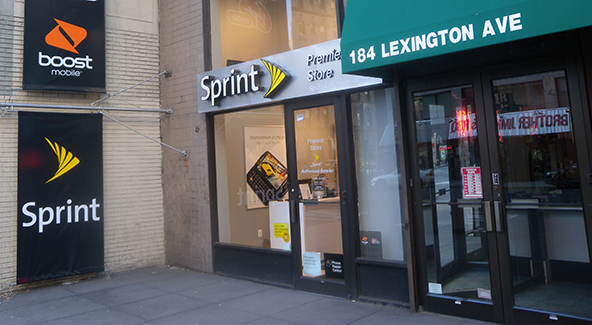How to Manage Key-Entered Credit Card Transactions

Businesses that accept credit cards in a face-to-face environment benefit from the lower interchange rates at which Visa and MasterCard process card-present transactions. Or at least they should benefit from these rates, unless what their processors are charging them makes up for the lower interchange.
However, in order for a credit card transaction to be classified as “card-present,” one of the qualifications is that it must be swiped. So, even if both the card and the cardholder are physically present throughout the transaction, if the payment information is key-entered, rather than “read” by the point-of-sale (POS) terminal from the card’s magnetic stripe, the transaction is classified as a “card-not-present” one. You will want to keep card-not-present transactions to a minimum, because they are processed at higher rates.
Card-Present vs. Card-not-Present Interchange
To be more specific, I have listed in the table below the interchange rates for some of the most widely processed types of credit card transactions in both environments.
| Card Type |
Interchange |
|
| Card-Present | Card-not-Present | |
| MasterCard Credit Core Value | 1.58% + $0.10 | 1.89% + $0.10 |
| Visa CPS | 1.54% + $0.10 | 1.80% + $0.10 |
| MasterCard Credit Enhanced Value | 1.73% + $0.10 | 2.04% + $0.10 |
| Visa CPS / Rewards | 1.65% + $0.10 | 1.95% + $0.10 |
As you see, there is quite a bit of a difference between the interchange of card-present and card-not-present transactions. Now, if you accept payments online or over the phone, you don’t need to worry about that, as you will never qualify for the lower interchange anyway. However, this is not the case if you accept credit cards through a POS terminal.
Why You Should Avoid Key-Entered Transactions
Any time you manually key-enter transaction information into your system, you are charged card-not-present interchange. In fact, if your pricing is based on a tiered model, the rate difference will be even bigger than what you see in the table above, because key-entered transactions will be classified as “non-qualified” and processed at a substantial premium.
At times you will have no choice but to key-enter a payment. For example, if your terminal’s card reader is malfunctioning or the card’s magnetic stripe is damaged, you will probably have to manually enter the transaction information. Keep in mind, however, that if the card itself is unreadable, this reason may be that the card has been altered and is invalid or counterfeit. In other words, your customer may be committing fraud.
Processing Key-Entered Transactions
Whenever your POS terminal cannot read a card, follow these steps to complete the transaction:
- Check the terminal. See if the terminal is working properly. If it is, check the card.
- Check the account number. The last four digits of the account number on the front of the card must match the four digits in the signature panel on the back of the card, right before the security code.
- Check the expiration date. A bank card is only valid when it is used before the expiration date listed on its front.
- Manually enter the transaction information. If you have discovered no reason to suspect foul play, key-enter the information.
- Make an imprint of the card. You need to keep a manual imprinter handy for such circumstances.
- Obtain a signature. Your customer must sign the transaction receipt.
- Compare the signatures. The signature on the sales receipt must match the one on the back of the card. Unsigned cards are invalid and should not be accepted.
If, however, the card looks as if it has been altered in some way or the signatures don’t match or something else leads you to suspect that a fraudulent transaction may be under way, you need to make a Code 10 call. You will be connected with the card issuer’s authorization center and given instructions on how to proceed with the transaction.
Image credit: Creditcardmerchantintl.com.


